Libya grape variety: characteristics, planting, care

The ancestor of modern cultivated varieties and hybrids of grapes is the wild species of true grapes. Cultivated grape varieties can be grown anywhere where the average annual temperature is not lower than 8 degrees.
Content:
Origin of Libya grapes
In Russia, industrial and amateur viticulture is developed in the Krasnodar, Stavropol, Primorsky territories, the North Caucasus, and the Volga region. The most popular varieties are:
- Aurora
- Muscat Moscow
- Reward
- Beauty of the North
These and many other varieties are distinguished by excellent taste and resistance to both diseases and climate conditions. The Libya grape variety is no exception.
The hybrid variety Libya owes its origin to the selection work of an amateur winegrower from the banks of the Dnieper. A specialist in space communications, Vitaly Vladimirovich Zagorulko, has been passionately growing grapes for many years. Working with the varieties Arcadia, Laura, Magarach, Flamingo, he obtained his first grape hybrids Nektaria and Plek. Continuing his breeding work, he developed varieties that have become famous:
- Veles
- Sofia
- Bazhena
But the national breeder himself considers the hybrid grape Libya to be his most successful achievement. This is primarily due to the ripening period, the appearance of the clusters and berries, and their taste.
Characteristics of the variety
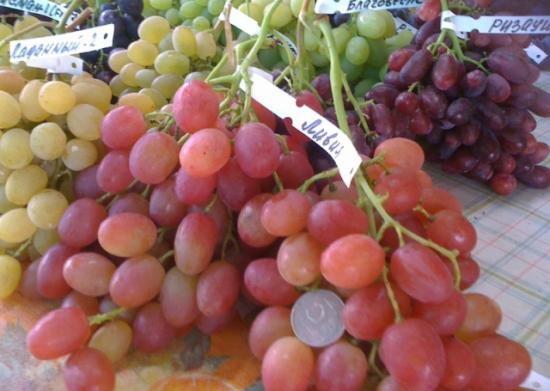
In 2010, the variety underwent examination in Ukraine and has been included in the Ukrainian register since 2011.Libya is one of very early varieties grapes of folk selection. The ripening period of the crop, from the appearance of the first bud to harvest, is slightly more than three months and is equal to 105 days.
The color of the bark of young shoots is light green, while that of mature shoots is light brown. The flowers are bisexual, the lower leaves on the shoot are whole, the upper ones are dissected and five-lobed. Frost resistance on its own roots is up to -21. If grapes of this variety grow on their own roots, then the bushes are very tall and powerful.
A distinctive feature of the variety are large, fairly dense brushes. The length of the brushes exceeds 25 cm, and the weight reaches 1 - 1.5 kg. The berries are large, the skin color is pink. It is so delicate and thin that you can hardly feel it when eating. The average weight of the berry is from 10 g to 12 g, the length is almost three centimeters, the width is two centimeters. There are 3 - 4 seeds in the berries; they are easily separated from the dense pulp.
Libya grapes are characterized by a persistent muscat smell, which does not disappear even after long-term storage of over 30 days.
The sugar content in the berries exceeds 20%, the taste is table-like, characterized by a harmonious combination of acid and sweetness.
Agrotechnics of cultivation The Libya variety is not particularly complex; the variety can be recommended to both experienced and novice winegrowers.
Planting and caring for Libya grapes
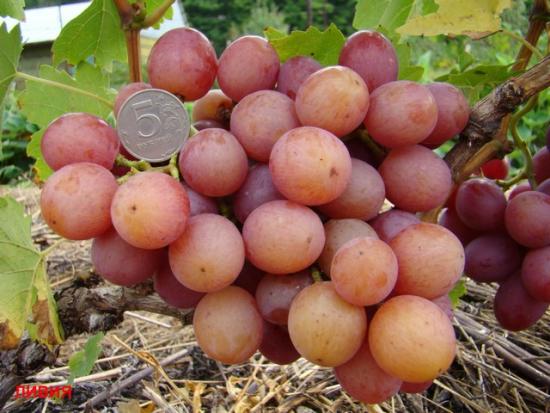
At choosing a landing site For grapes, it is important to remember that it will require a trellis, which is best placed in the direction from south to north. This is especially important for providing plantings with a large amount of heat and light in the northern regions. Good lighting allows you to grow Libya with a beautiful, rich pink berry color and high sugar content.
For planting the Libya variety, both chernozem soils and sandy and loamy soils, which are sufficiently loose, are suitable.
In the southern regions, grapes can be planted both in autumn and spring. In the north and in the middle zone, it is advisable to do this only in the spring, focusing on the condition of the buds, since planting must be done before they open. This is especially true for seedlings with an open root system. In this case, you need to dip the grape roots into a clay mash.
The depth of the planting hole should not be less than 40 - 45 cm. A planting mound of fertile soil should be poured onto its bottom. Carefully straighten the roots of the seedling before covering it with soil.
In the area of covered viticulture on the shoot of Libya, several intact buds should be left below ground level by 5 - 10 cm. The rest of the shoot should be removed.
In regions where the climate allows growing the Libya grape variety in an uncovered crop, one bud is left at ground level, one slightly higher, and the rest of the shoot is removed.
In dry weather young seedling requires regular watering. The further formation of the Libya bush is not fundamentally different from other varieties.
When caring for this grape variety, one must take into account its good resistance to oidium (powdery mildew of grapes) and fairly average resistance to other diseases, which requires several treatments per season.
Considering the size of the bunches, the taste and appearance of the berries, early ripening, and relatively good disease resistance, the Libya variety can be classified as an outstanding variety of folk selection.
Description of the Libya variety in the video:
Interesting information about the vegetable garden

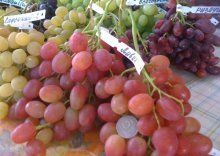
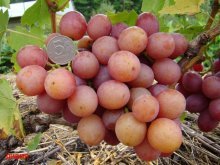

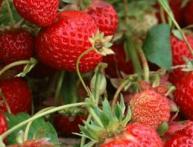
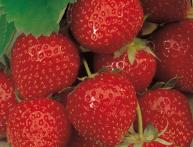




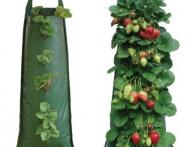
Comments
It seems to me the most unpretentious grape variety. Tolerates any winter well.It always produces good grapes, so we have plenty of juice))